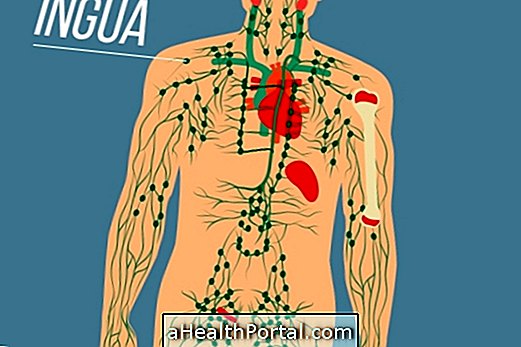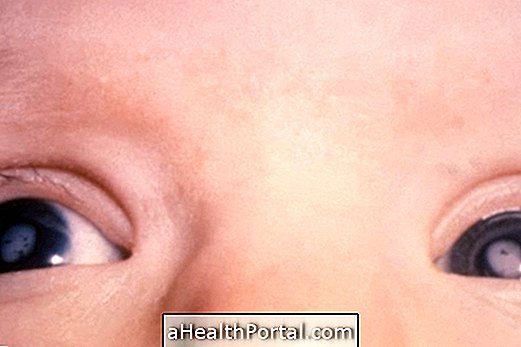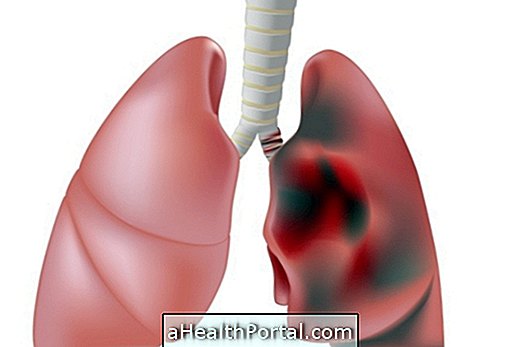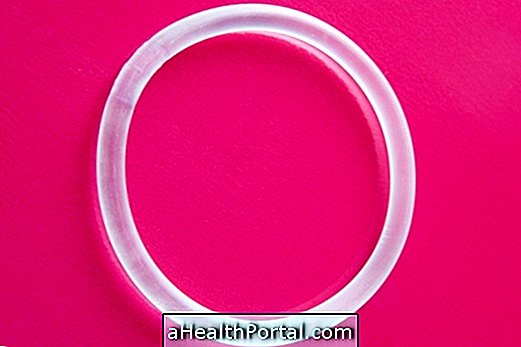Syphilis, also called hard cancer or Lues, is a disease caused by the bacterium Treponema pallidum which, in most cases, is transmitted through intimate contact without the use of a condom. The first symptoms are painless wounds on the penis, anus, or vulva which, if untreated, disappear spontaneously and return after weeks, months to years in their secondary or tertiary forms, which are more severe.
When this infection arises during pregnancy, it can infect the fetus, which contracts with congenital syphilis, a worrying condition that can become severe and cause malformation, miscarriage or even death of the baby.
Syphilis is cured and its treatment is through penicillin injections, guided by the doctor according to the stage of the disease in which the patient is. See when healing can happen and how to prove it.
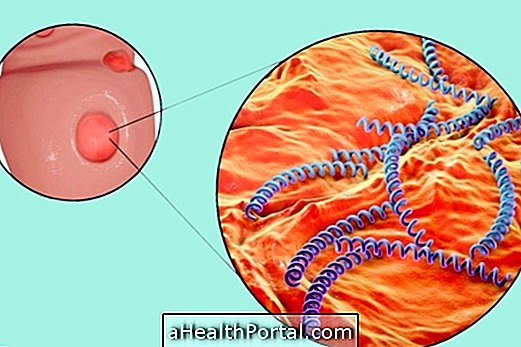
Main symptoms
Syphilis may present with a variety of symptoms, which are generally consistent with the stage of the disease:
1. Primary syphilis
Primary syphilis is the first stage of the disease, which appears about 3 weeks after infection. The main symptom of syphilis at this stage is the onset of hard cancer, characterized by a small pinkish lump that develops into a reddish ulcer with hardened edges and a smooth bottom covered by a clear secretion.
This ulcer is painless and usually occurs at the site of infection, usually on the genitals, but can also occur in the anal region, mouth, tongue, breasts or fingers.
Secondary Syphilis
The symptoms of secondary syphilis appear about 6 to 8 weeks after the disappearance of the lesions caused by primary syphilis. At this stage, symptoms that affect the whole body such as inflamed arthritis, headache, general malaise, fever, loss of appetite, and joint and muscular pain, are common.
This phase usually persists during the first and second year of the disease, occurring new outbreaks that regress spontaneously, interspersed by intervals without symptoms that tend to be more and more lasting.
3. Tertiary Syphilis
After secondary syphilis, if treatment is not done, some people move to the third stage of the disease, which is characterized by larger lesions on the skin, mouth and nose that are hardened and infiltrative, as well as serious heart problems in the nervous system, bones, muscles, and liver. Some of the more serious symptoms are:
- Psychiatric disorders, such as dementia, progressive general paralysis or personality changes;
- Neurological changes, such as exaggerated nervous reflexes or unresponsive pupils;
- Insufficiency of the heart or aneurysm and regurgitation of the aorta, the body's main blood vessel.
These symptoms may appear between 10 and 30 years after the initial infection and when the disease is not treated. Check out more details of syphilis symptoms and photos of each phase.

How to confirm
There are several methods for the diagnosis of syphilis, and there are some simpler ones in which it is necessary to observe and scrape the wounds to evaluate the presence of the bacterium, useful in the early stages of primary or secondary syphilis, when the bacteria are in great amount.
Blood tests that evaluate the presence of antibodies against the bacteria, such as VDRL or FTA-ABS, can be done after 2 to 3 weeks of infection, very useful for investigating suspicions in people who do not have active lesions.
The collection of cerebrospinal fluid, present in the spinal cord, may be necessary to identify the infection in the nervous system, in cases of suspicion of tertiary syphilis.
How is the treatment done?
Treatment for syphilis is done with the use of antibiotics such as Penicillin, and dose and duration depending on the severity and time of contamination of the disease. The same treatment with penicillin injections is done for pregnant women in order to avoid the contagion of the baby with syphilis.
During the first year of treatment the patient should have blood tests every 3 months to identify the effectiveness of the treatment, and in the second year the tests are done every 6 months. Understand more details about the drug options and doses used to treat syphilis.
What is Congenital Syphilis
Congenital syphilis occurs when the pregnant woman has syphilis and transmits the disease to the baby through the placenta. In this case, the baby may develop changes in bones, eyes, ears or teeth, enlargement of the liver and spleen, skin sores, anemia, jaundice, coryza with reddish secretions, mouth sores, nails or difficulty gaining weight. It is also possible that the baby is born dead or that this happens even in childhood due to lung problems.
The diagnosis of congenital syphilis can be confirmed by observation of the bacteria Treponema pallidum in the lesions, body fluids or tissues of the baby, or by the measurement of antibodies in samples of baby's blood or umbilical cord. The treatment is indicated whenever the infection is suspected, either due to changes in the examination, physical symptoms or because the mother did not perform the correct treatment during pregnancy, and consists of injecting Penicillin into the muscle or into the vein, in amounts that vary according to with each case. Understand how treatment for congenital syphilis is done.

How to get syphilis
The main form of transmission or contagion of syphilis is through intimate intercourse without the use of condoms. The risk of contamination is even greater when there are lesions or wounds in the vagina or penis, as it facilitates the passage of the bacteria into the blood.
If there are lesions in the mouth or skin, syphilis can also be transmitted by kissing or touching the lesions. In pregnancy, women with untreated syphilis can pass the disease on to the fetus, and in rarer cases, this disease can also be transmitted through contaminated objects, tattoo needles, and blood transfusions.
In addition, it is important to remember that as syphilis is transmitted through intimate contact it is possible for the person to become infected and to show symptoms of other types of STIs. Find out what they are and how to identify key STDs.
How to prevent
Prevention of syphilis is done by using condoms in all intimate contacts and by decreasing the number of partners. During treatment, it is recommended not to have intercourse.
In addition, pregnant women should take the test for syphilis during prenatal care, and correctly follow medical treatment so they do not pass the disease on to the baby. Learn more tips on how to get syphilis and how to protect yourself.



















